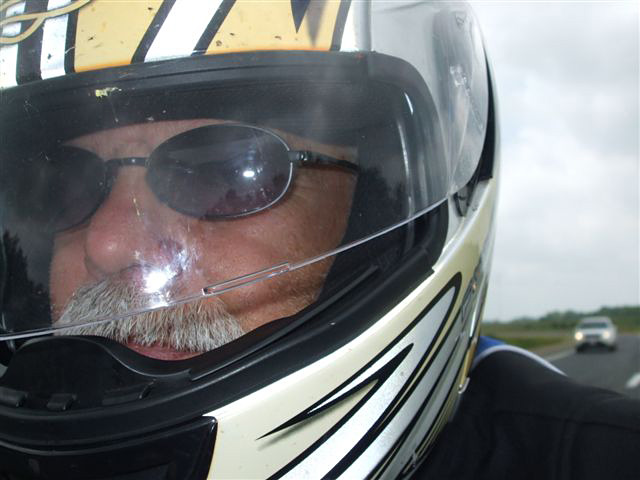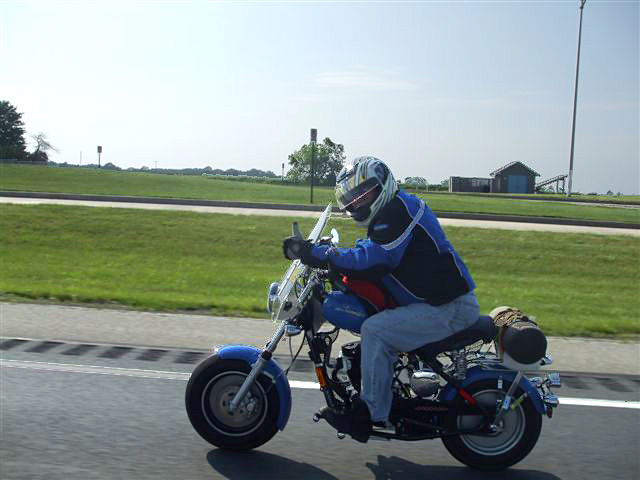By Joe Berk
Time has a way of creeping up on you. In looking over my list of Motorcycle Classics “Destinations” articles, I was surprised to see I’ve been pitching and publishing stories for the magazine for 20 years. It all started when a nice young fellow named Landon Hall, MC‘s Associate Editor at the time, saw a few photos I had posted online and asked if I’d be interested in doing a piece for the magazine. Hell, yeah, I would (and I did). I wrote a lot of stories on a lot of fun destinations. I’m not bragging here, folks. I’m just getting old.
A new editorial staff recently came on board at Motorcycle Classics, and my new editor asked if I could focus more on motorcycle museums. As a freelancer, I learned a long time ago that you don’t argue with people who buy ink by the barrel, so I set about finding moto museums. This led me to discover Jameson’s Classic Motorcycle Museum in Pacific Grove, California. I’d never heard of the Jameson before. Come to think of it, I’d never heard of Pacific Grove, either. Both turned out to be pure slices of heaven, as did the ride there and our return home.
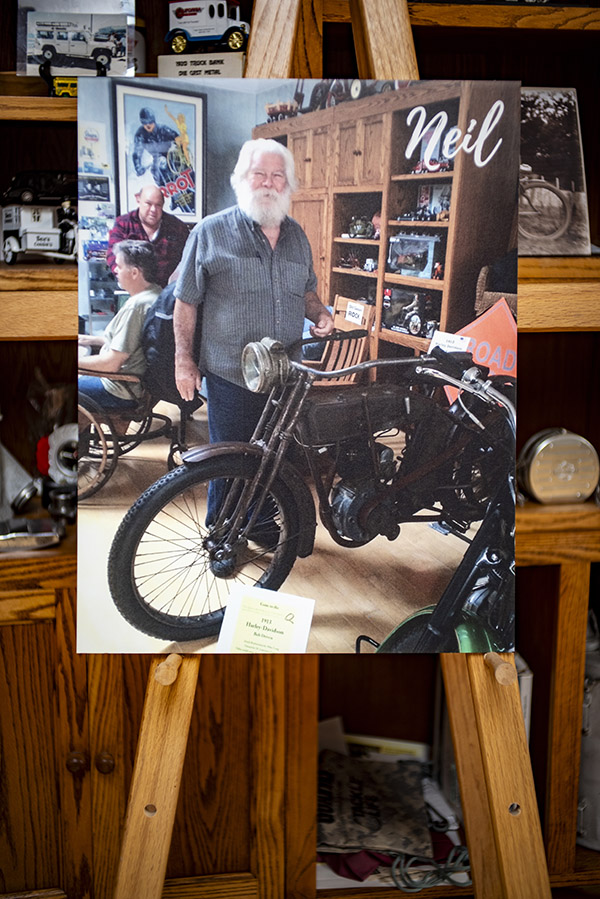
The story behind the Jameson is a fascinating one, and I heard it firsthand from Staci Jameson Hayes. Neil Jameson was the man who created the Museum (Staci is his daughter). Neil is no longer with us, but while he graced our world, he was one hell of a man. He grew up in Hollister, California, and I found myself wondering if his interest in motorcycles came about as a result of that town’s moto history. Jameson started as a goat farmer, became a firefighter, and along the way, he became a world class businessman, investor, and wheeler dealer (Staci told me he was a horse trader extraordinaire). Neil’s time with us ended in 2021, and during his 82 years on this planet, he was a motorcycle enthusiast, an adventure rider, and a motorcycle collector.
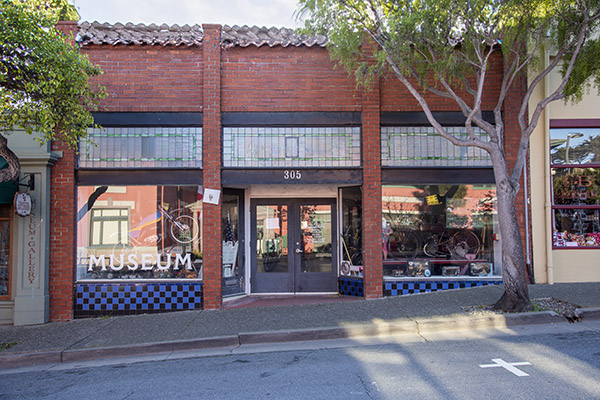
The Jameson’s Classic Motorcycle Museum collection is eclectic. Many of the bikes were owned and ridden by Neil (including the ’72 R75 BMW that he rode to the Arctic Circle and back). Some have been restored to original condition; others are in their as-ridden-by-Neil condition. The restorations were performed by Emma Booton, a woman Staci describes as The Restoration Goddess. I’ve been to a lot of museums; the restorations at the Jameson are stunning.
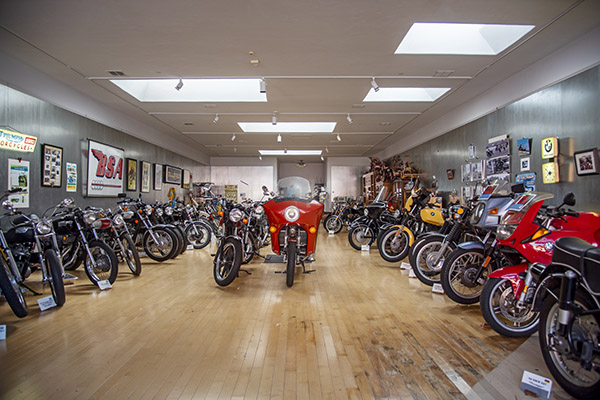
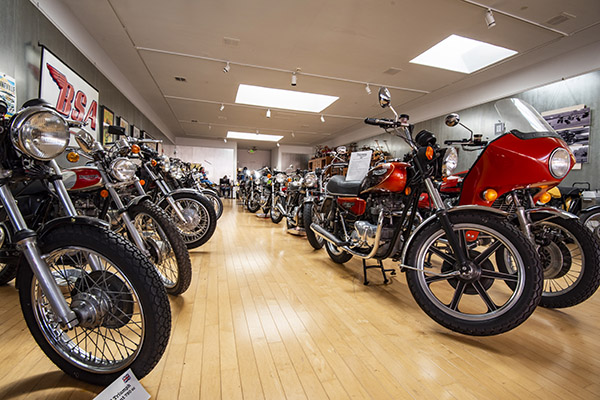
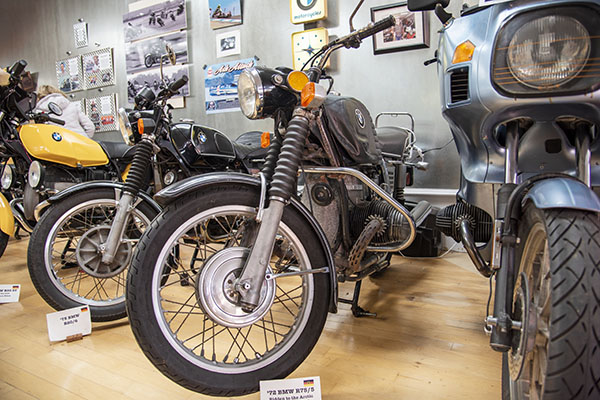
As mentioned above, the Jameson collection is eclectic. For the most part, the bikes are “everyman” motorcycles, the kind you or I might have owned and ridden. Several of the machines really spoke to me, including a 1982 T140E Triumph Electro. By the early 1980s, the original Triumph motorcycle company was in a death spiral. The Electro, an electric start motorcycle, was an attempt by Triumph to counter Japan’s moto success. It was too little and too late, but it was a valiant and magnificent effort. The Jameson’s Electro is the first I have ever seen.
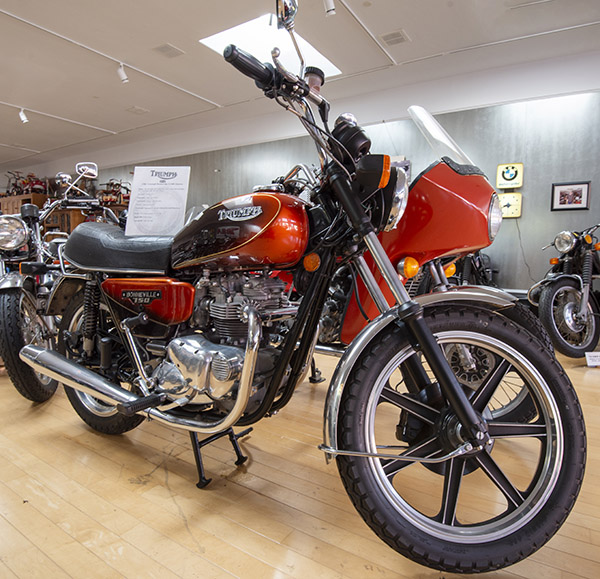
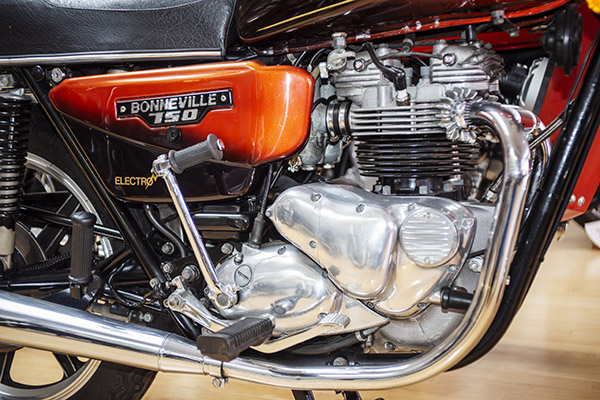
Japanese street bikes of the 1970s and 1980s are well represented, including several that showcase the engineering accomplishments and marketing experiments of the era.

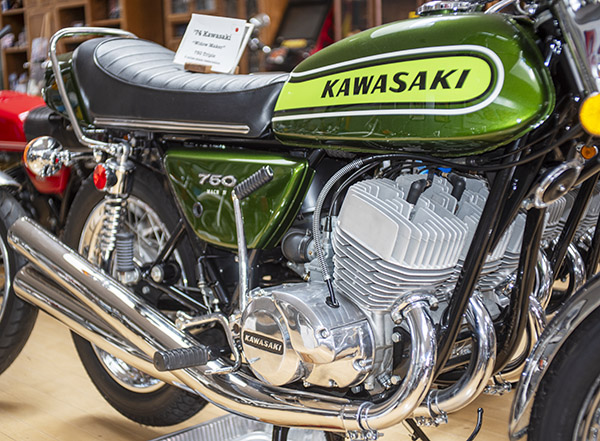
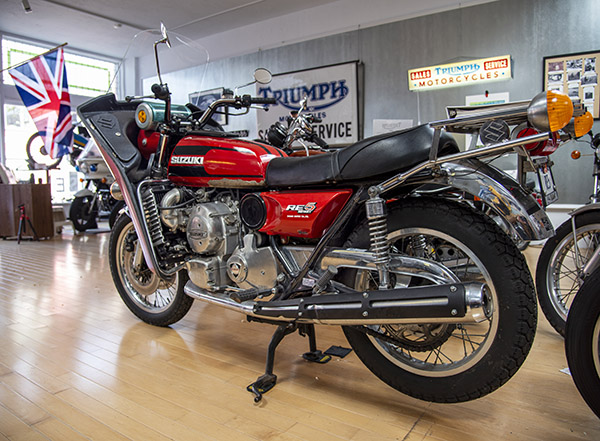
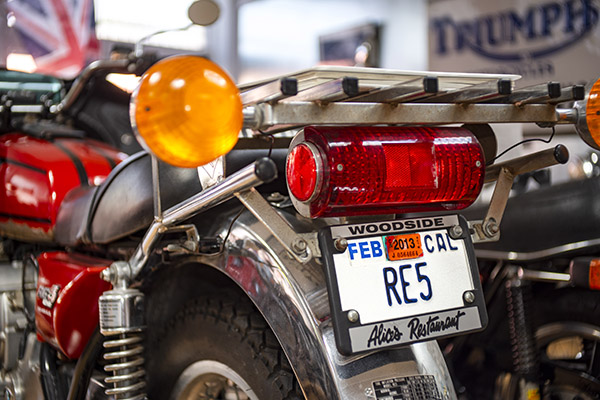
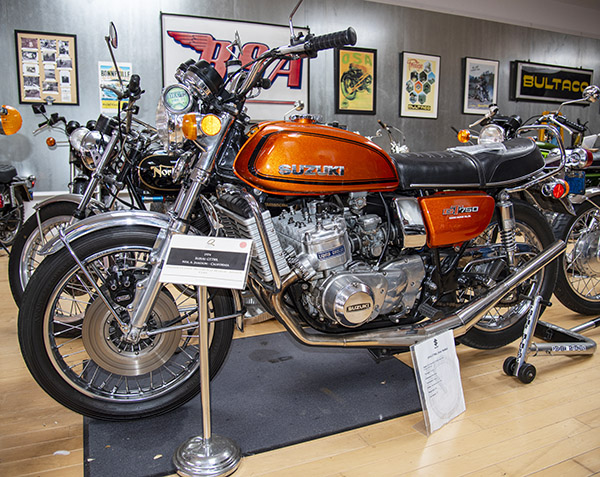
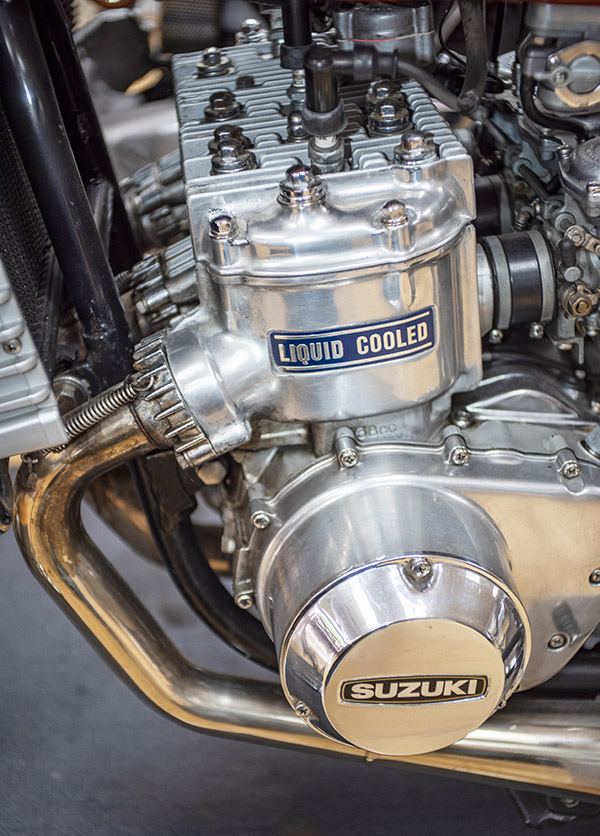
Think CHiPs: Back in the day, the California Highway Patrol and many local law enforcement agencies used the Kawasaki KZ1000P police motorcycle. West of the Mississippi River, Kawasaki owned the police motorcycle market (Harley police motors dominated the police market east of the Mississippi). Jameson’s Classic Motorcycle Museum displays a Kawasaki KZ1000P, and the motorcycle didn’t have to travel very far to get into the collection.
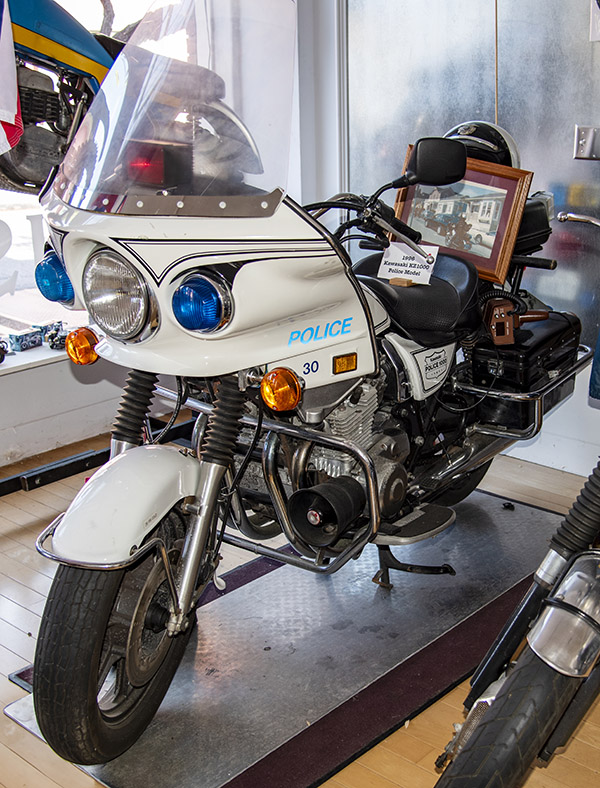
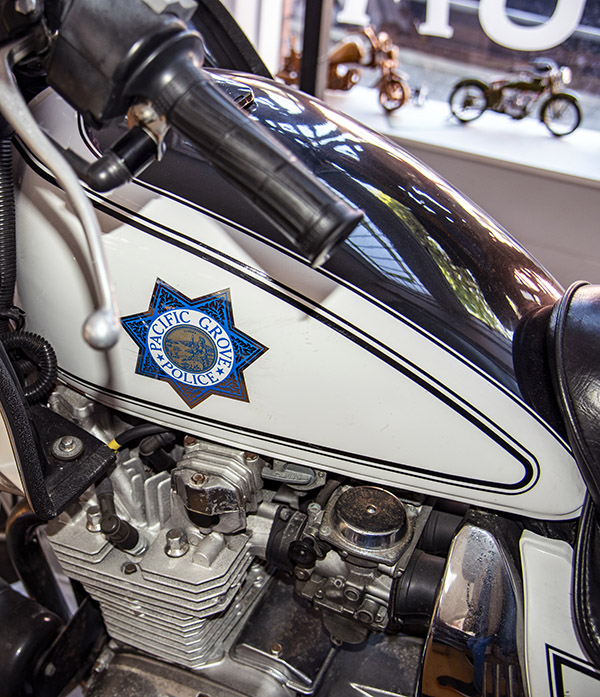
There’s a Bonneville Salt Flats bike, too. It’s a 1965 Honda CB-160 streamliner. My father’s first motorcycle was a 1965 Honda CB-160. I’m pretty sure this one is faster than my Dad’s bike.
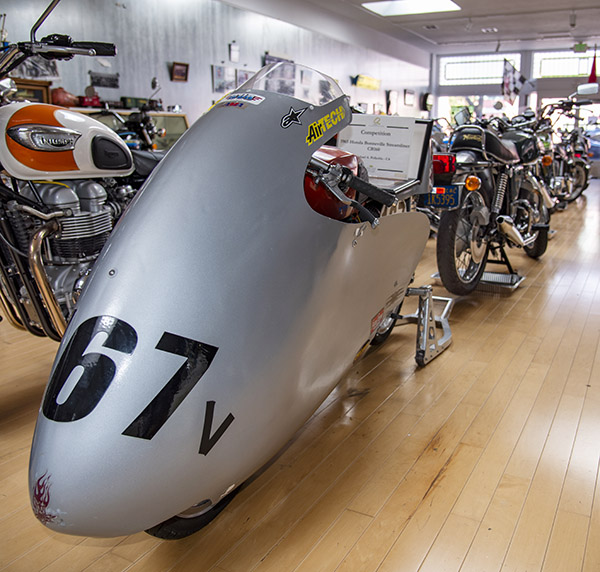
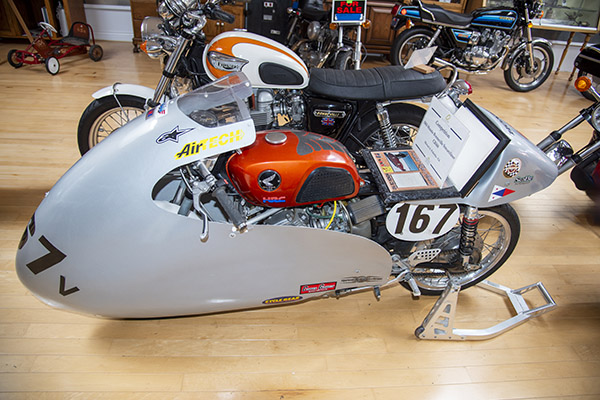
As mentioned above, Jameson’s Classic Motorcycle Museum has a great collection of British motorcycles. BSAs, Bonnevilles, and Nortons were the hot ticket in the 1960s, and all three are well represented in the Museum.
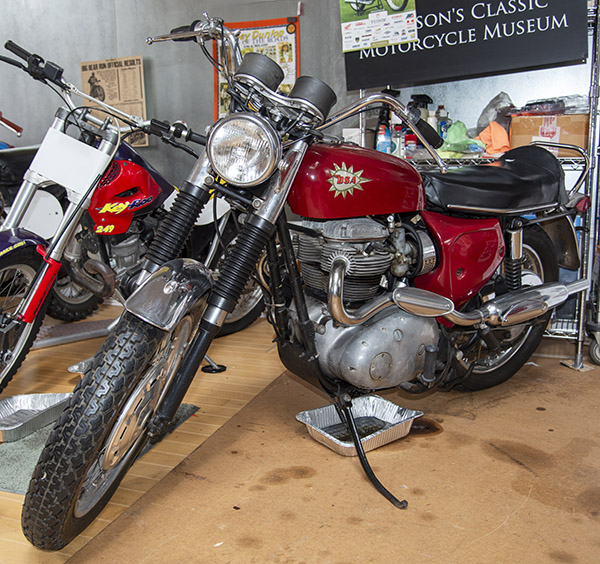
My two favorite motorcycles of the many beautiful machines on display in the Jameson are the Triumph Electro described above, and an absolutely stunning Ariel Square Four. Ariel based the Square Four’s engine design on two 500cc twins in series, and the result was a visually-arresting motorcycle dominated by its engine. Finished in a deep maroon livery, the Museum’s Square Four is an amazing specimen.
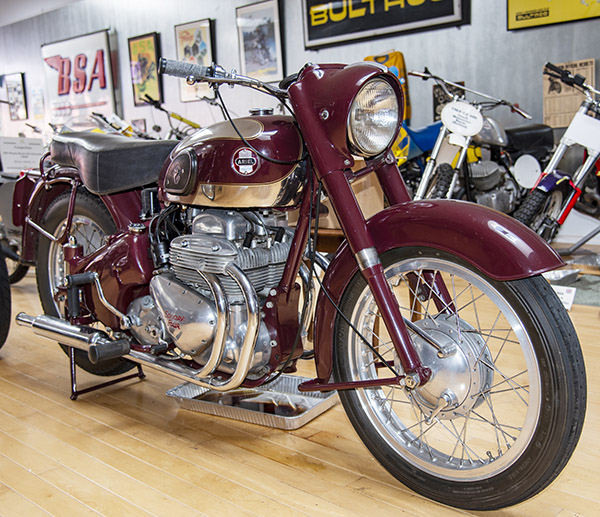
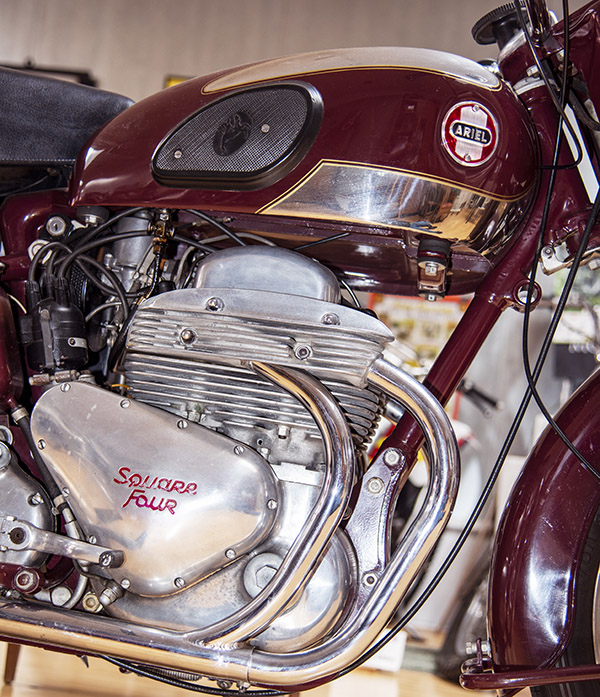
Pacific Grove, California, is a nice little town bordered by the Pacific Ocean, the Del Monte Forest, and the City of Monterey. We rode out to the lighthouse and watched huge waves crashing into the breakers for a bit.
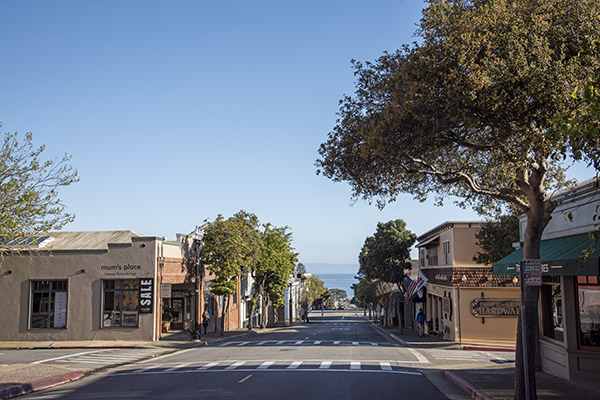
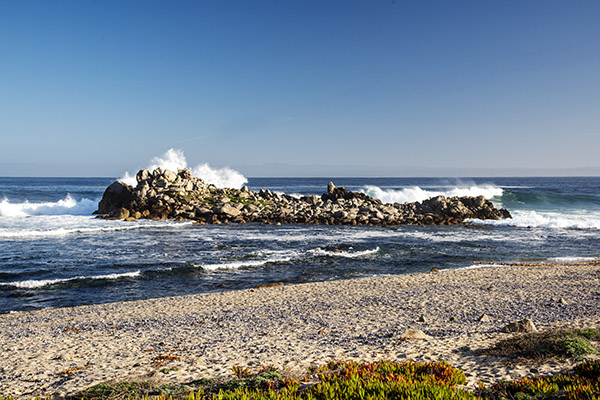
We fell in love with Pacific Grove, the coastal community in which Jameson’s Classic Motorcycle Museum is located. Everything about the place and everyone we met made us feel like we belonged there, including Staci and her husband, Russ. The town just feels comfortable and it’s a place we’d like to visit again. We enjoyed a fantastic lunch at Toasties, which was surprisingly reasonably priced (especially considering the area). I’m told that Pepper’s Mexicali Café’s burritos are world class. Both restaurants are within a mile of the Museum (Pepper’s is only a block away). Our ride into Pacific Grove took us past the Naval Postgraduate School and the Defense Language Institute; the ride back home took us along California State Route 68, California State Route 17, and the Chualar River Road through the Salinas Valley. It was all magnificent.
Join our Facebook ExNotes page!
Never miss an ExNotes blog:




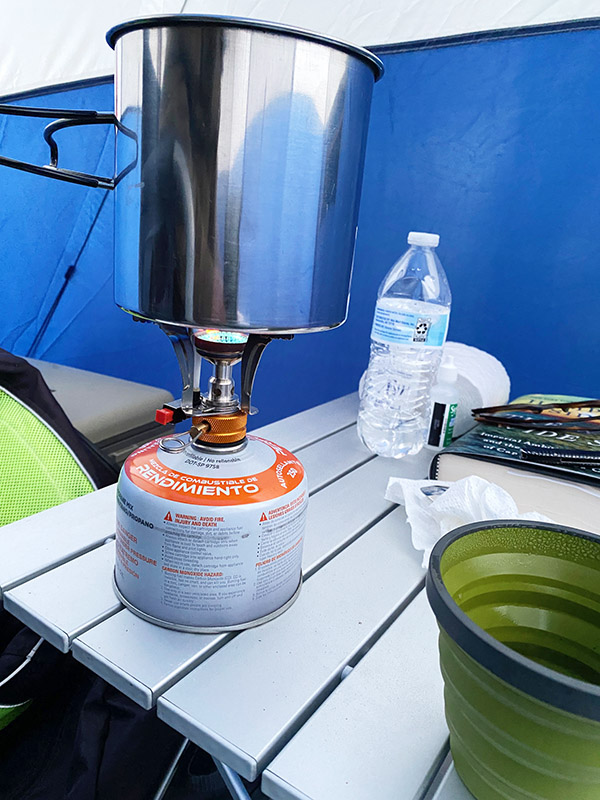
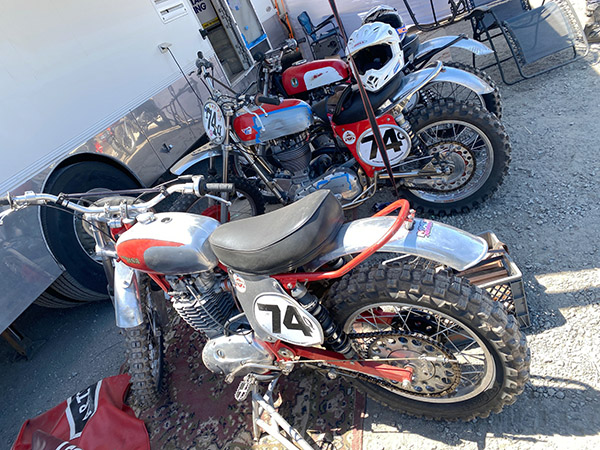
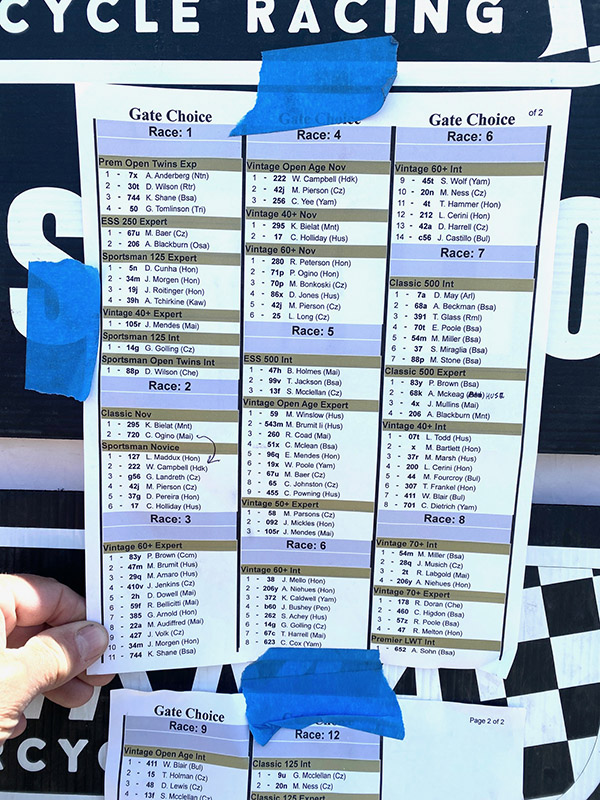
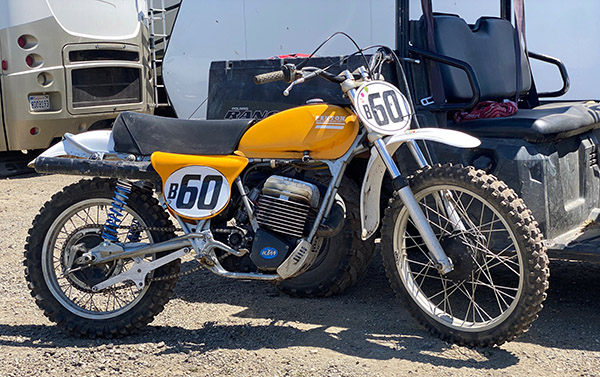
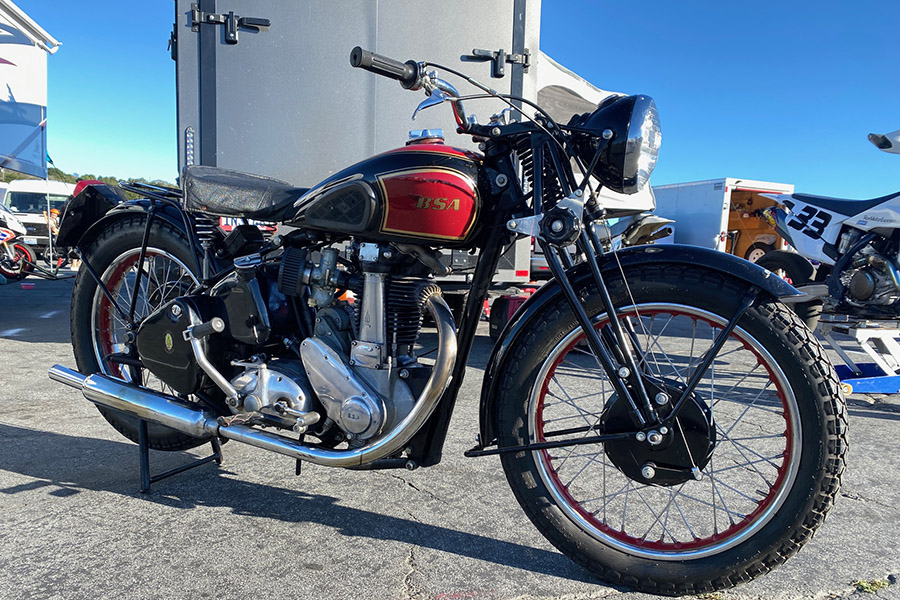
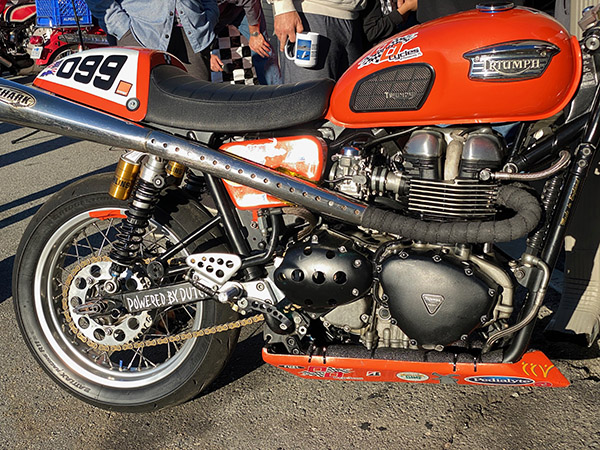

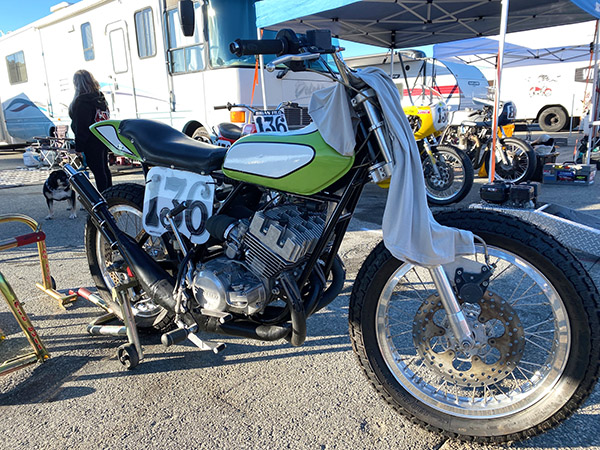


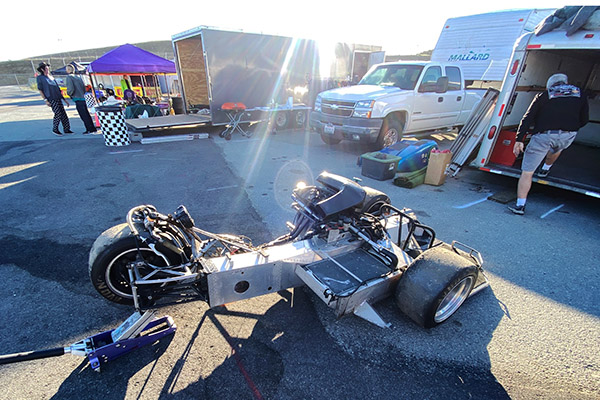
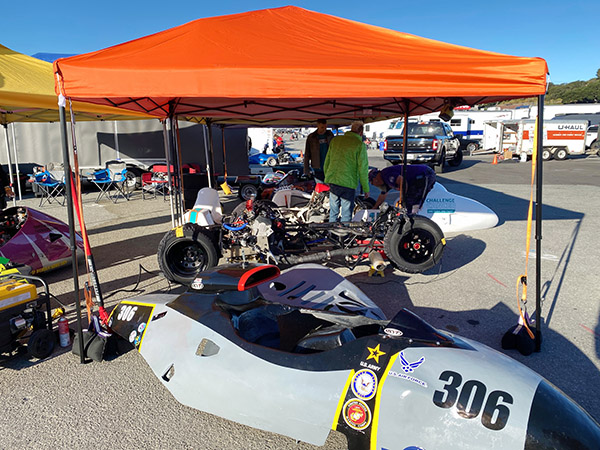
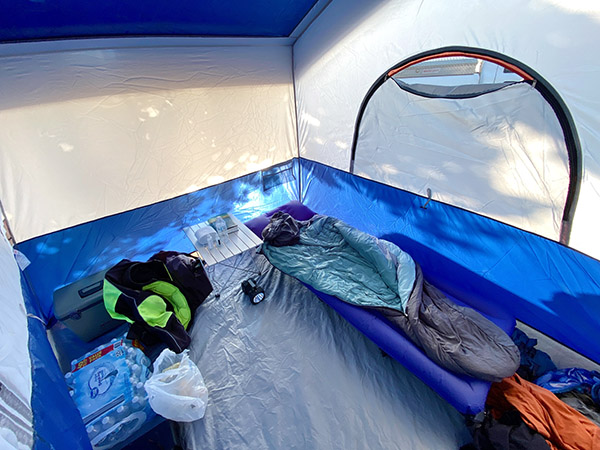
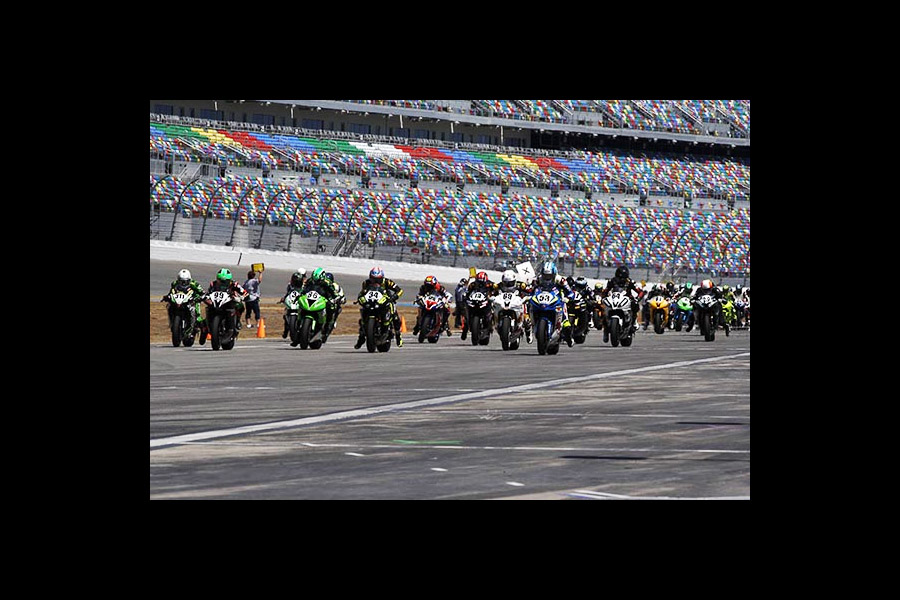

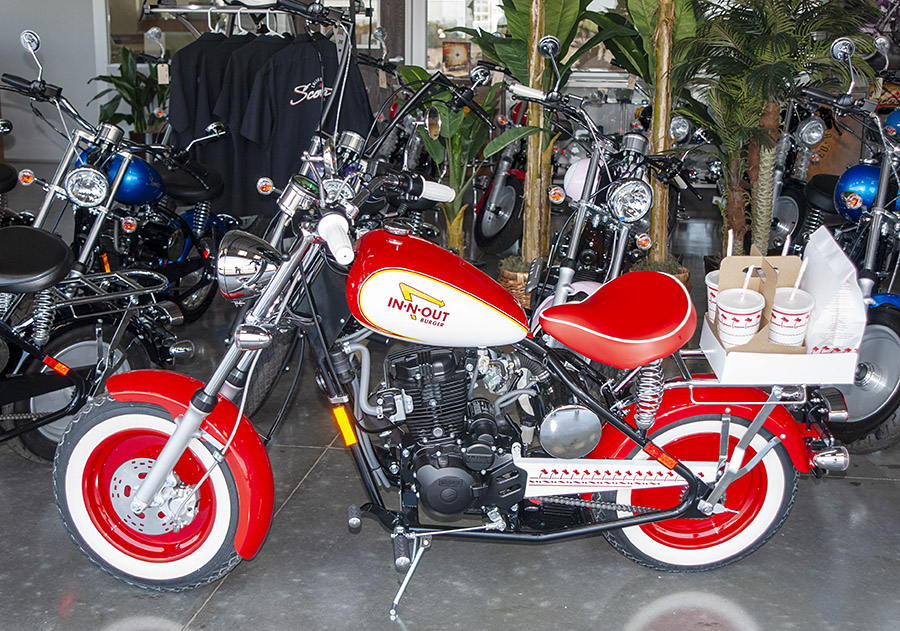
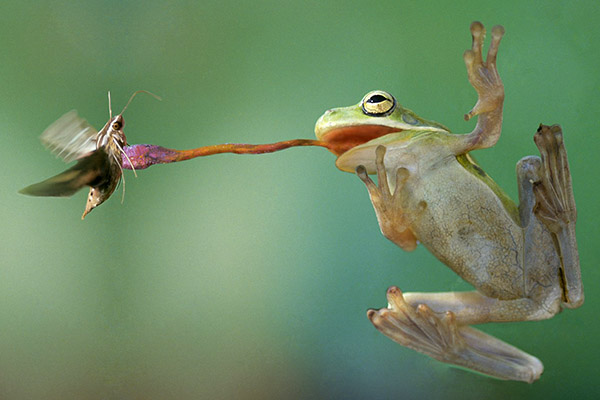
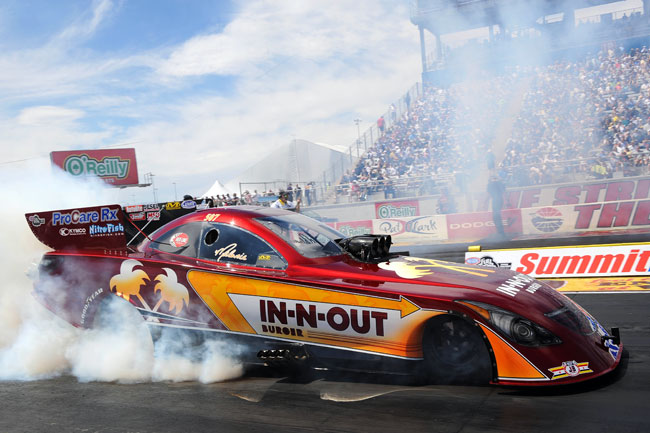
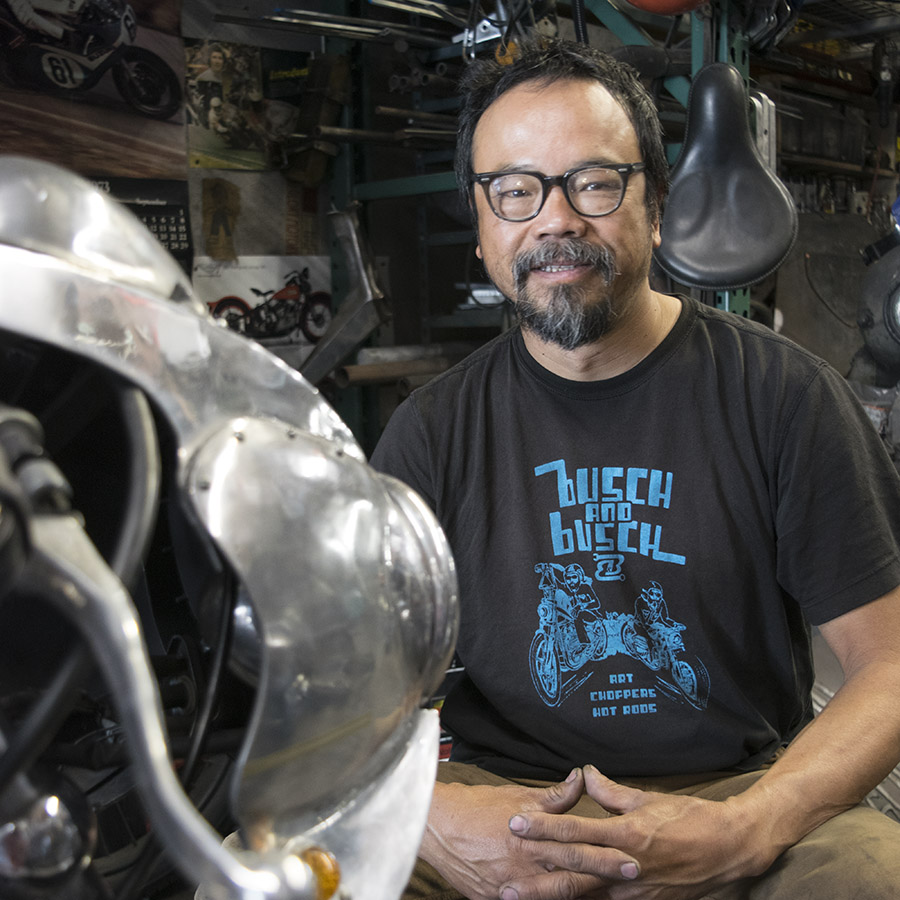
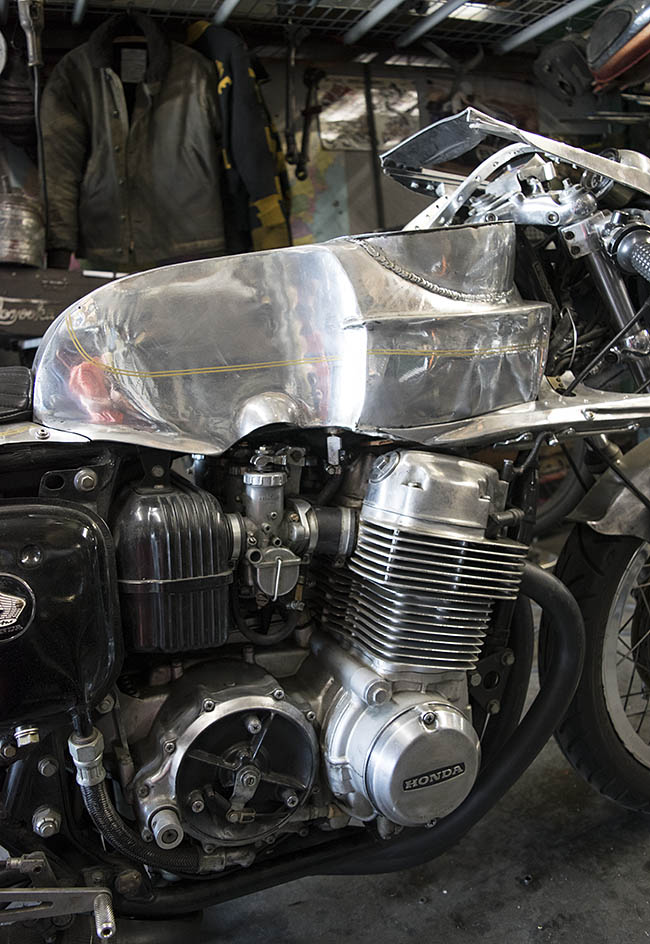
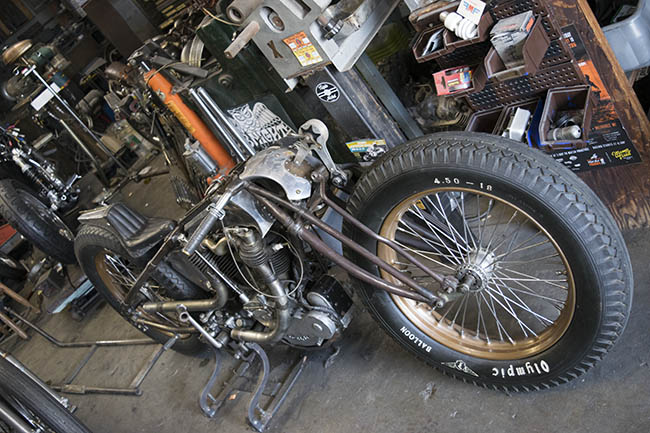
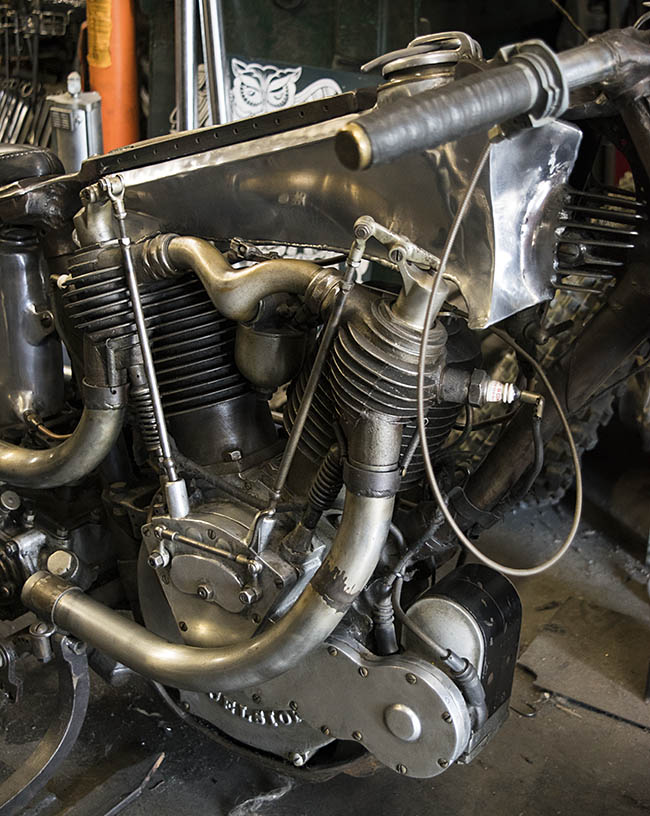
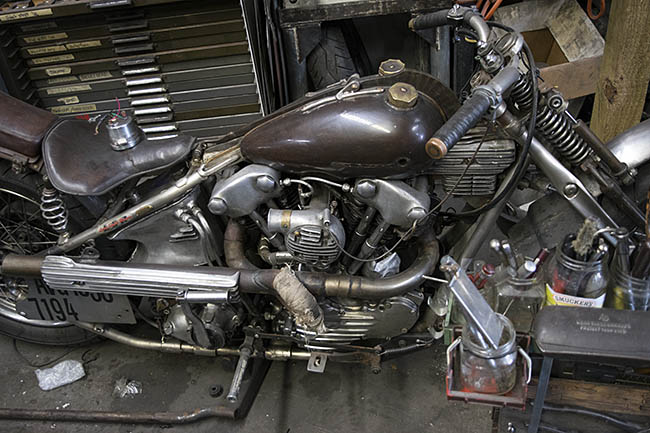
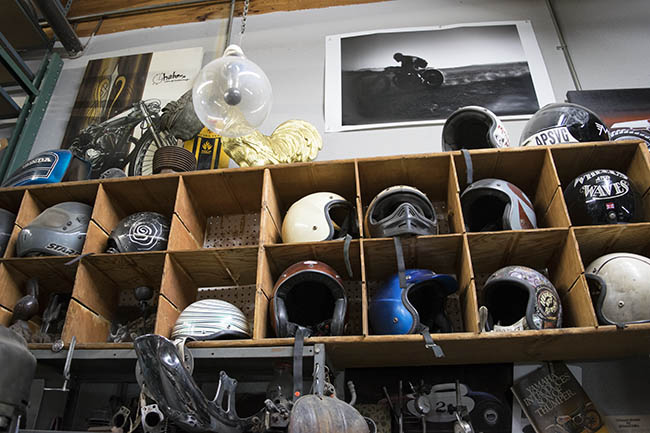

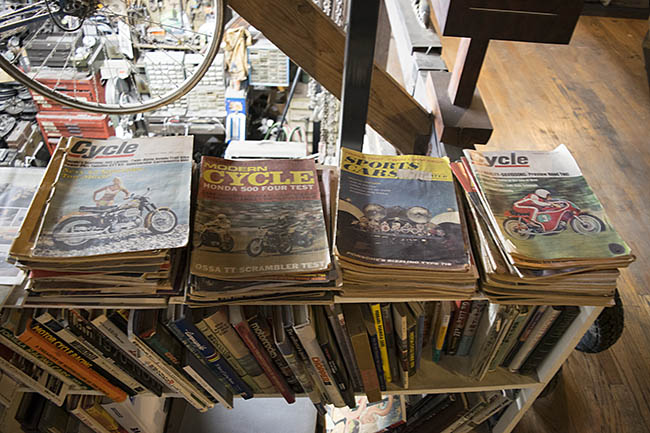
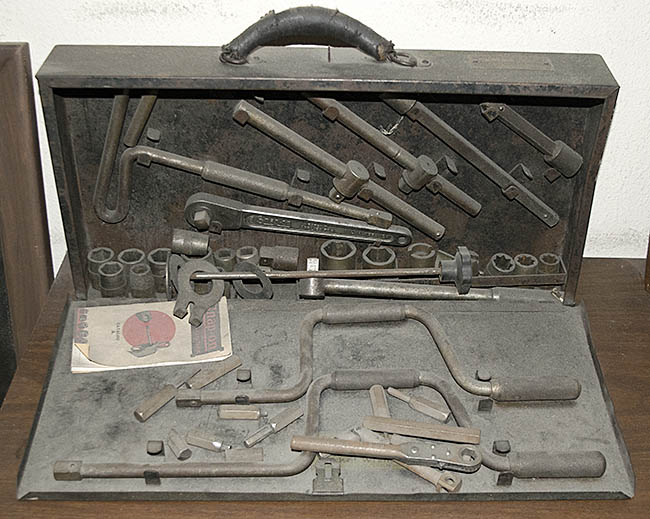
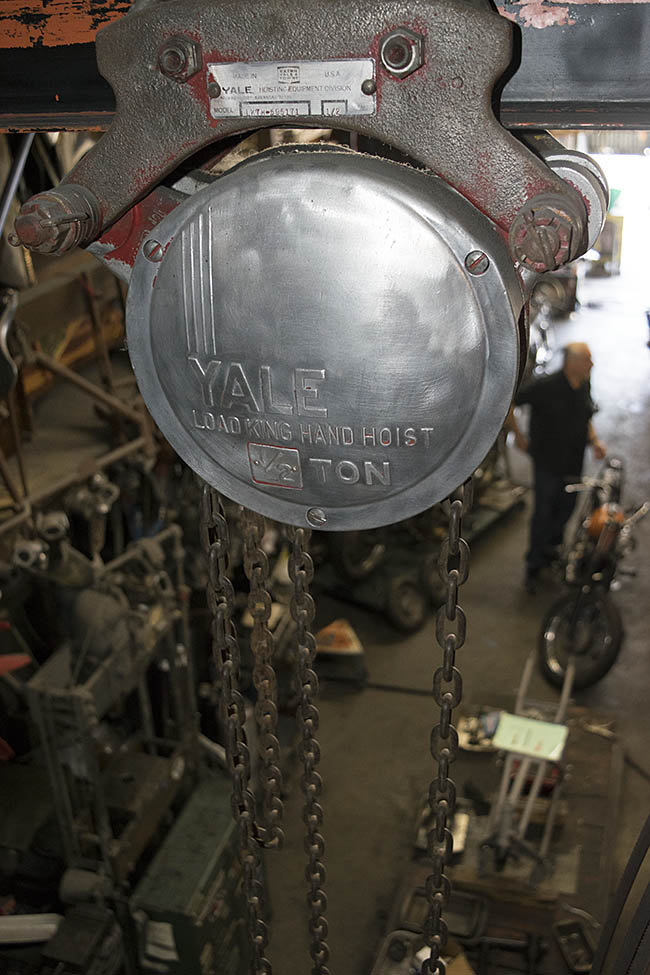
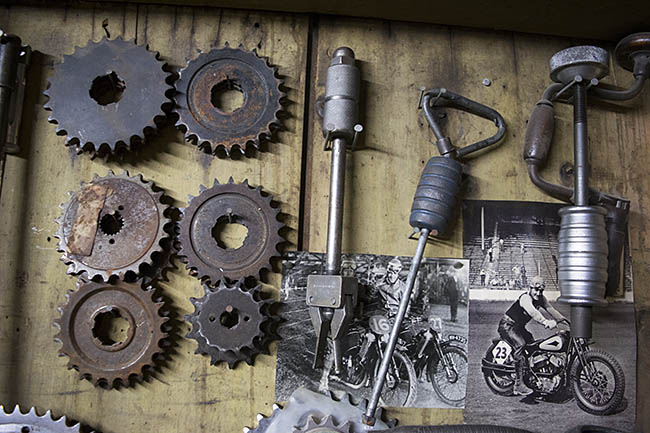
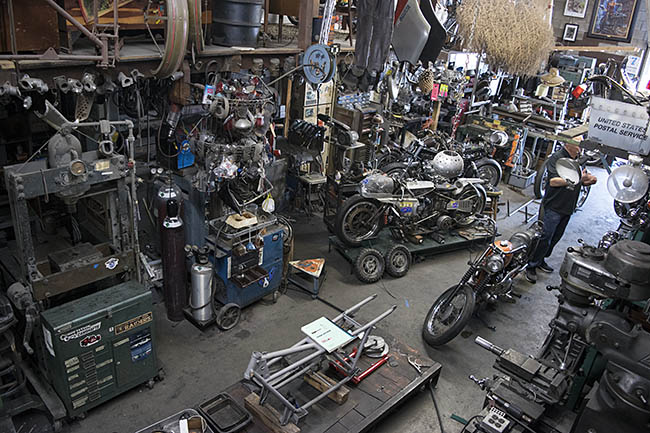
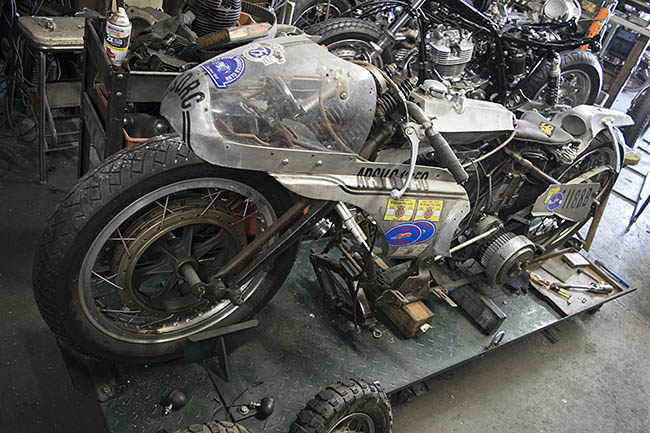
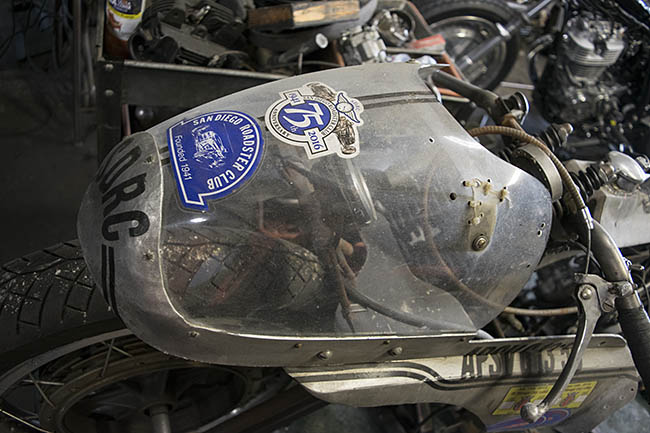
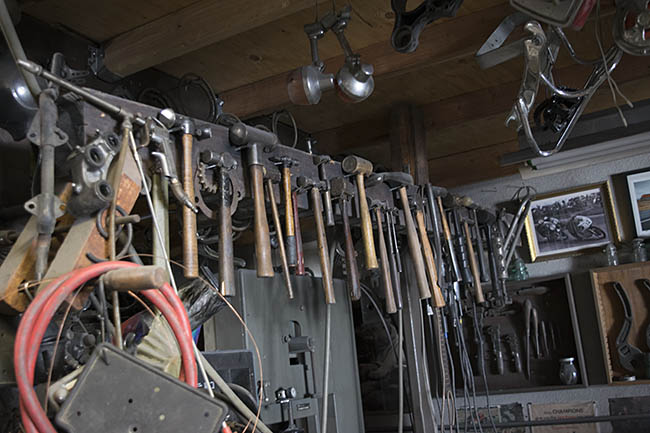

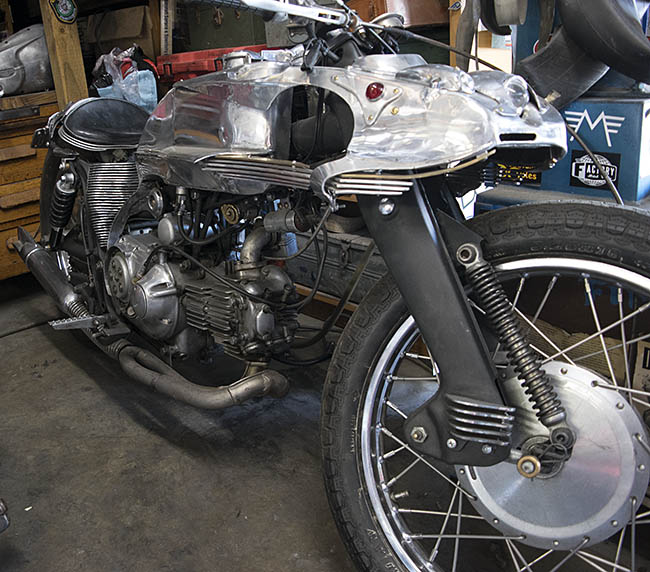
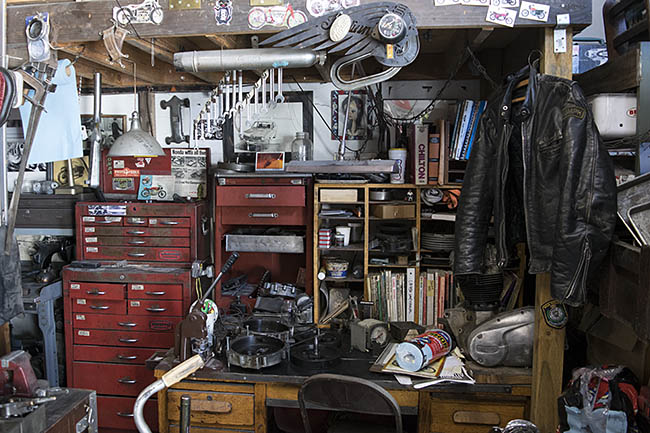
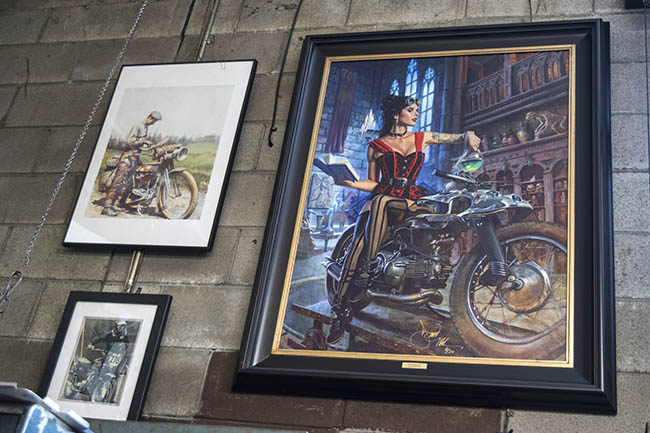
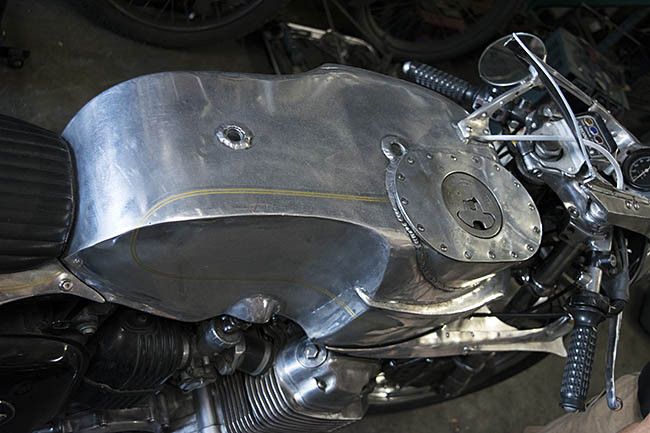
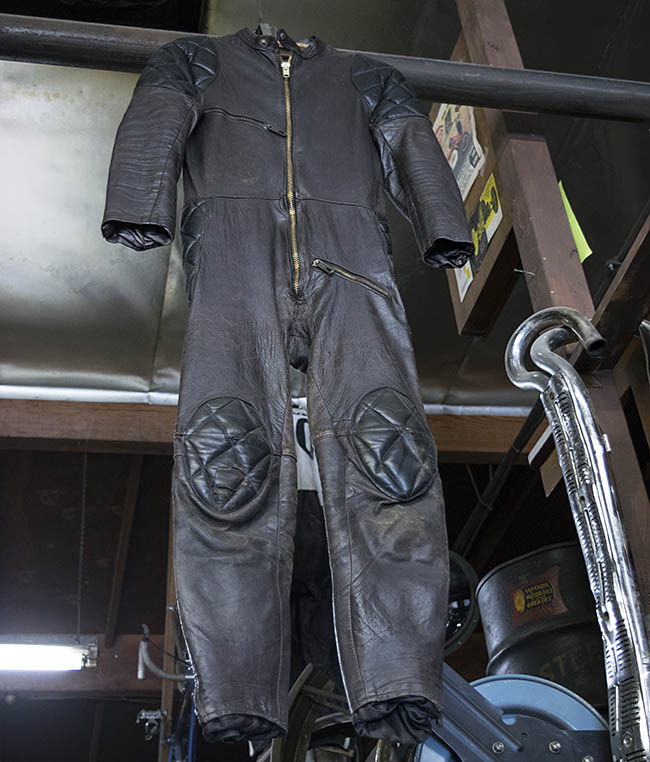
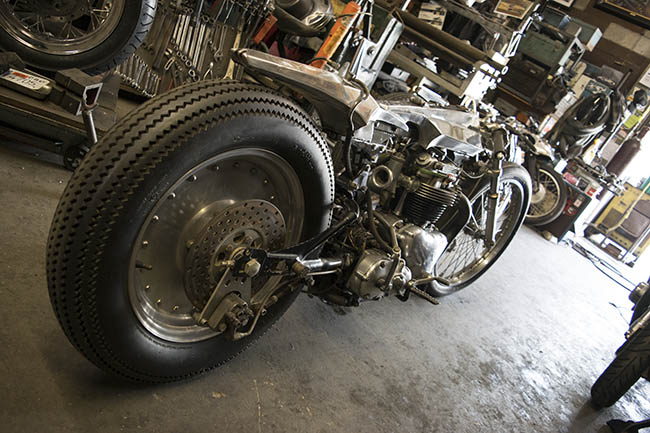
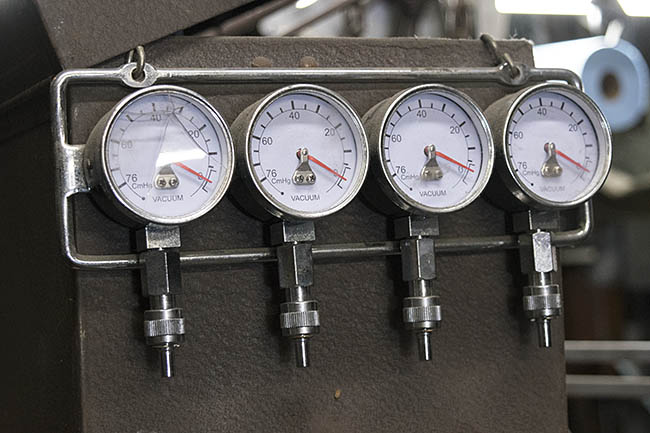
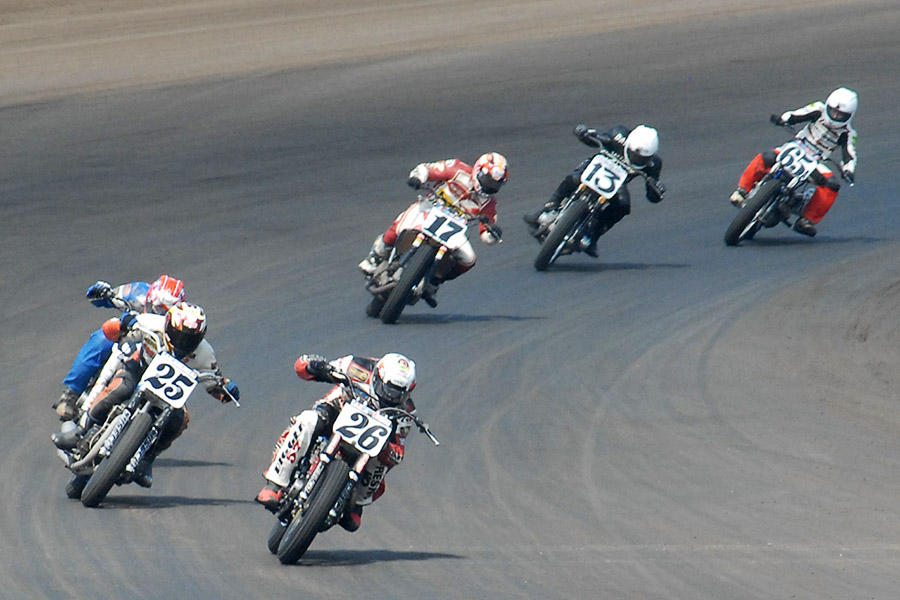
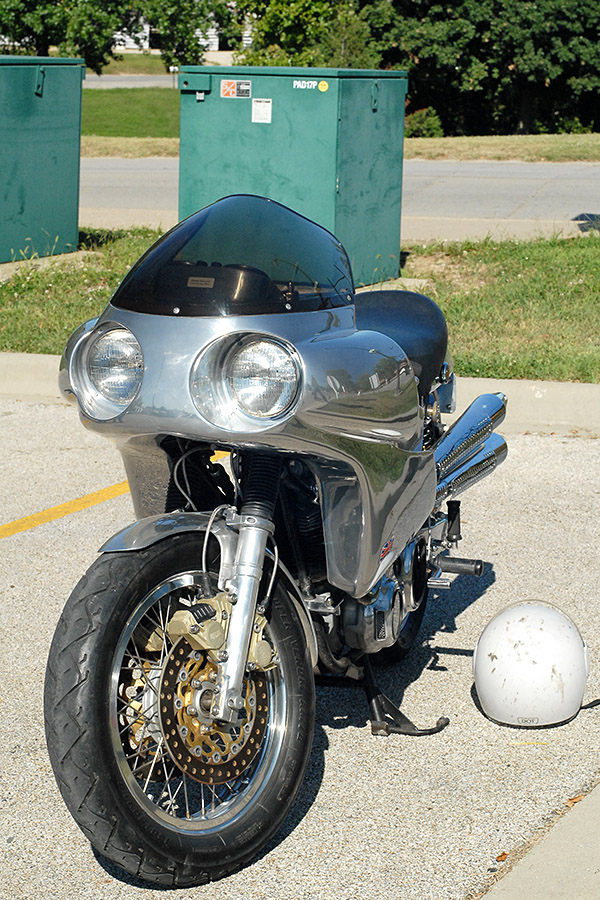
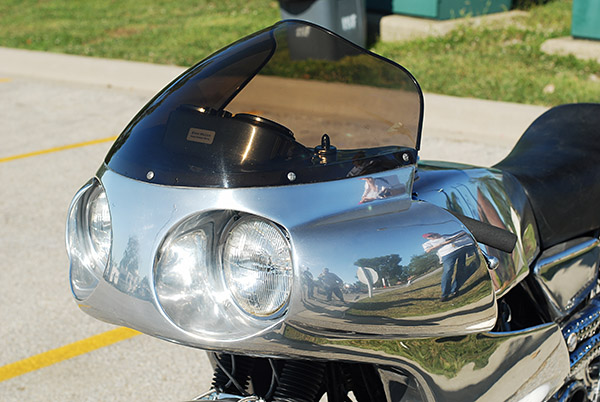
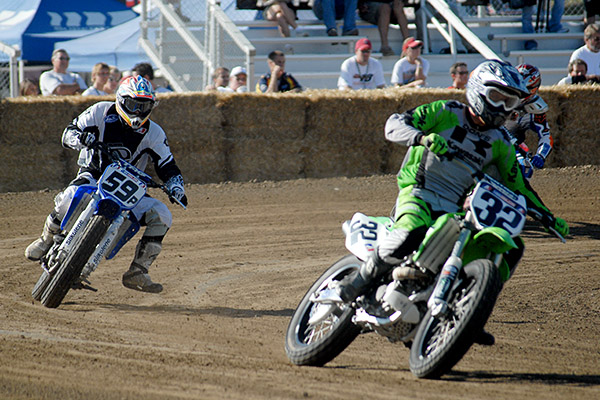
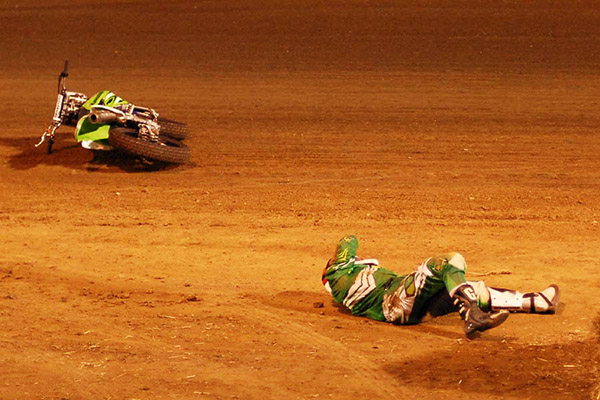
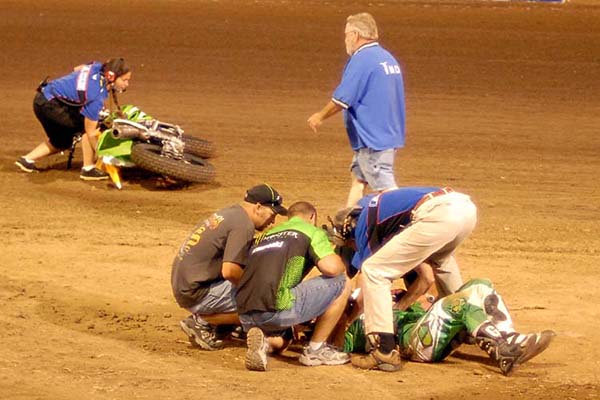
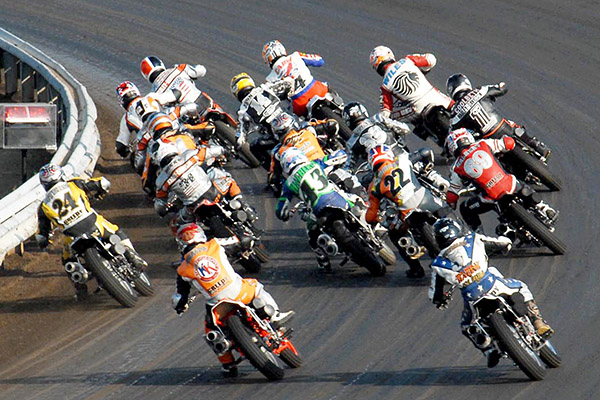
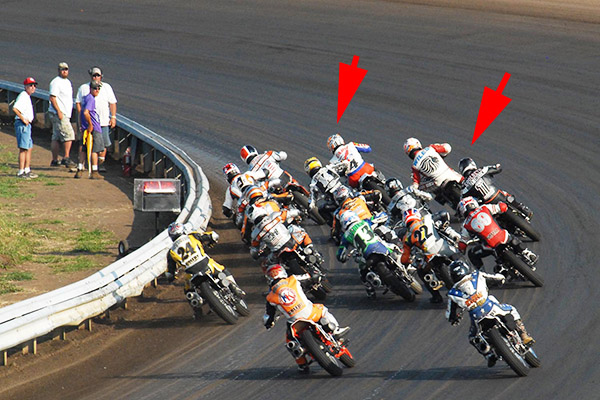


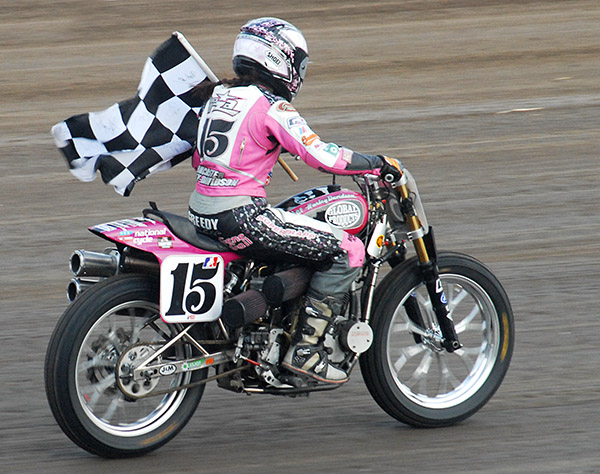
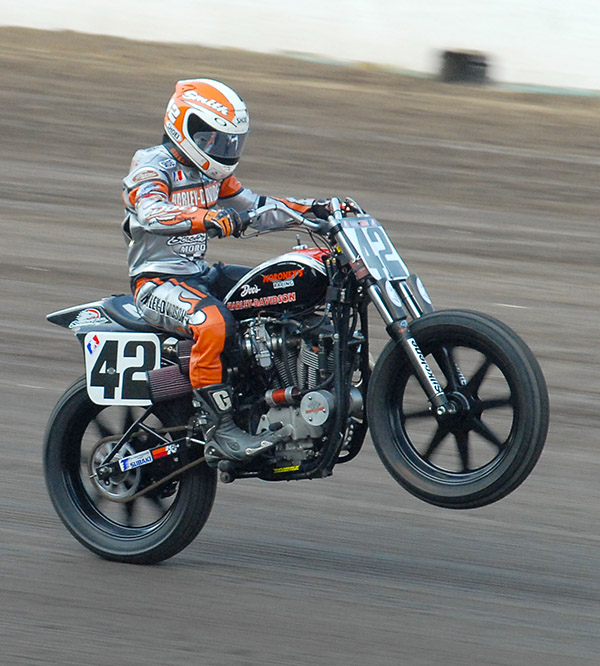
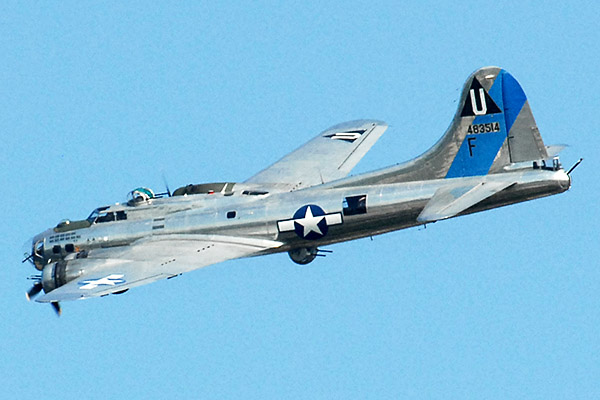

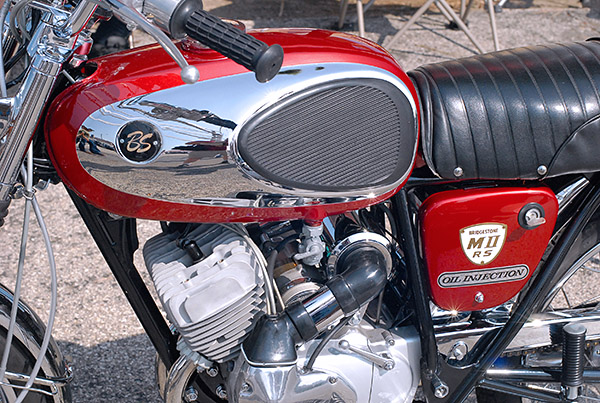
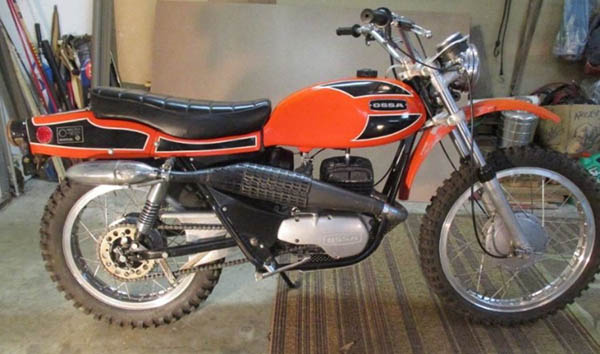 I must have been around 15 years old the first time I saw an Ossa Pioneer. It was at Haines City motocross track. Mike Mills’ mom was divorced and her boyfriend gave us a ride way out to Chrome Avenue in his boat tail Buick Riviera . What a car! The Riviera smelled great inside not only because it was new, but because the boyfriend wore cologne. This was the first time I had been around a grown man that used cologne. All the other adult men I had known up to that point smelled like dirty socks. I smell like dirty socks right now.
I must have been around 15 years old the first time I saw an Ossa Pioneer. It was at Haines City motocross track. Mike Mills’ mom was divorced and her boyfriend gave us a ride way out to Chrome Avenue in his boat tail Buick Riviera . What a car! The Riviera smelled great inside not only because it was new, but because the boyfriend wore cologne. This was the first time I had been around a grown man that used cologne. All the other adult men I had known up to that point smelled like dirty socks. I smell like dirty socks right now. Mostly Bultacos and Maicos were racing in Haines City back then but one guy had an Ossa Pioneer with the lights removed. The rider was good. He would get crossed up over the jumps and finished in the top 5 against real race bikes. I loved how the rear fender blended into the bike. That fiberglass rear section had a small storage area inside. One of the bike magazines of the era tossed a loose spark plug in the storage and went scrambling. The plug beat a hole in the rear fender and they had the nerve to bitch about it. Hell, I knew at 10 that you have to wrap stuff in rags on a motorcycle.
Mostly Bultacos and Maicos were racing in Haines City back then but one guy had an Ossa Pioneer with the lights removed. The rider was good. He would get crossed up over the jumps and finished in the top 5 against real race bikes. I loved how the rear fender blended into the bike. That fiberglass rear section had a small storage area inside. One of the bike magazines of the era tossed a loose spark plug in the storage and went scrambling. The plug beat a hole in the rear fender and they had the nerve to bitch about it. Hell, I knew at 10 that you have to wrap stuff in rags on a motorcycle. It rains most everyday in Florida and it started pouring. The races kept going for a while but finally had to be called because it was a deluge. You could hardly see to walk. There was no cover so we huddled in the leeward side of the ticket stand out by the entrance. It rained harder, the wind was howling. Wearing only shorts and T-shirts we were getting colder and colder. My lips were turning blue, man.
It rains most everyday in Florida and it started pouring. The races kept going for a while but finally had to be called because it was a deluge. You could hardly see to walk. There was no cover so we huddled in the leeward side of the ticket stand out by the entrance. It rained harder, the wind was howling. Wearing only shorts and T-shirts we were getting colder and colder. My lips were turning blue, man.